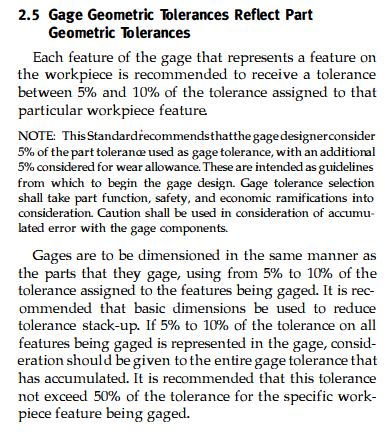PetkovStoyan
Industrial
- Sep 1, 2014
- 59
Hi all,
just a general question how to proceed if we have to inspect long shaft, which is supported not on two, but three (or more) bearings. When the shaft is supported on two bearings the standard practice is to use the corresponding bearing journals as datums and measure runout with regards to common datum (A-B for example). What should we do if the shaft is supported on three bearings, should we perform measurements with regards to three datums, as we have three corresponding bearing journals? It doesn't make sense, since two datums are sufficient to provide unique reference frame, but on other hand, if the portion of the shaft that overhangs is too heavy this might influence the measurements. There are shafts which work with third bearing, which has the purpose of preloading the overhung part, so it doesn't wobble like dog tail during operation. How is it correct to proceed in such occasions? Another question is, if we decide to go with two datums, which two should we choose, and what is the criteria of using exactly those two, and not another two datums?
Thank you.
just a general question how to proceed if we have to inspect long shaft, which is supported not on two, but three (or more) bearings. When the shaft is supported on two bearings the standard practice is to use the corresponding bearing journals as datums and measure runout with regards to common datum (A-B for example). What should we do if the shaft is supported on three bearings, should we perform measurements with regards to three datums, as we have three corresponding bearing journals? It doesn't make sense, since two datums are sufficient to provide unique reference frame, but on other hand, if the portion of the shaft that overhangs is too heavy this might influence the measurements. There are shafts which work with third bearing, which has the purpose of preloading the overhung part, so it doesn't wobble like dog tail during operation. How is it correct to proceed in such occasions? Another question is, if we decide to go with two datums, which two should we choose, and what is the criteria of using exactly those two, and not another two datums?
Thank you.

